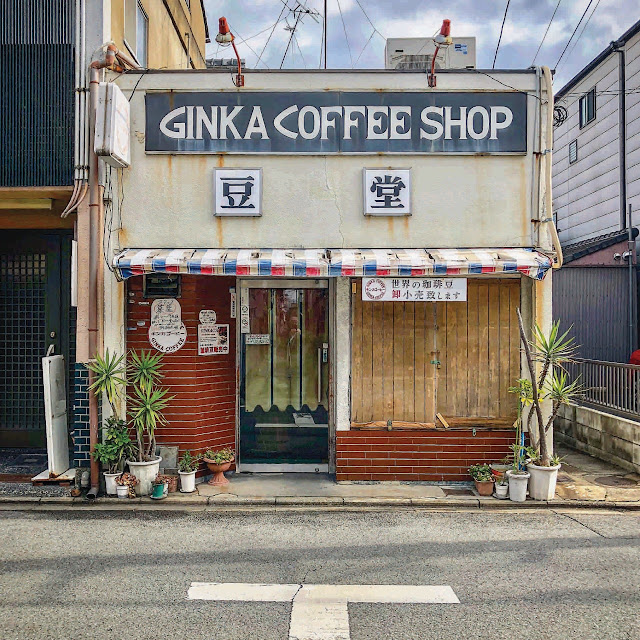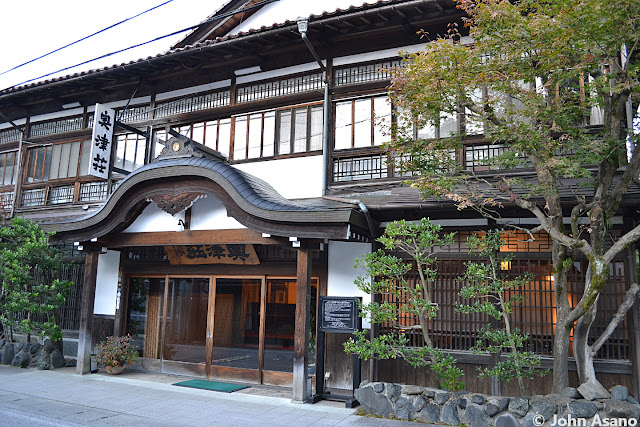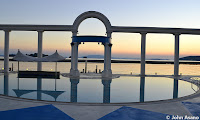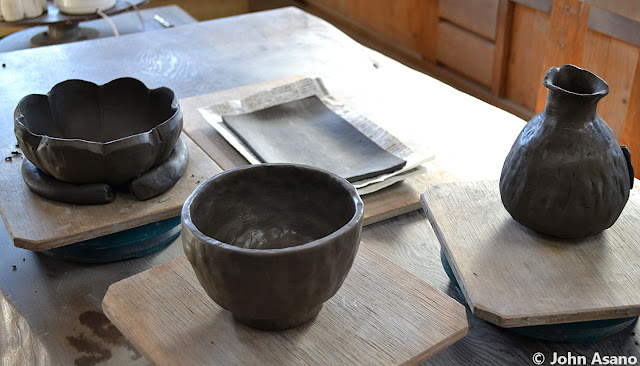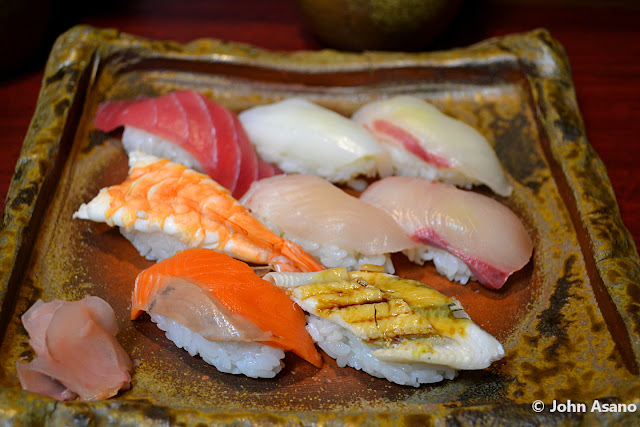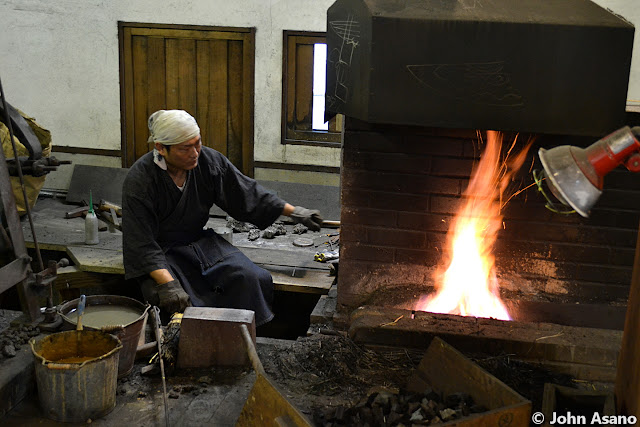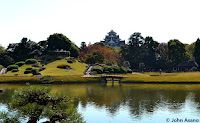Spend a relaxing time without all the crowds in Okayama Prefecture, also known as “The Land of Sunshine”, due to its status as the sunniest place in all of Japan.
Okayama is often overlooked as just a stop on the Shinkansen when heading to Hiroshima from either Kyoto or Tokyo, but what people don’t know is that Okayama is an amazing tourist destination in its own right, and the perfect gateway for exploring the region.
Located in the western part of Japan’s main island of Honshu, Okayama is midway between the major cities of Osaka and Hiroshima. You can reach Osaka from Okayama via Shinkansen in about 45-minutes and Hiroshima in about 35-minutes. Shikoku and Shimane are also easily accessible via direct train line from Okayama City.
Your most likely starting point in Okayama Prefecture is the capital, Okayama City, famous for Korakuen, one of Japan’s Top 3 Gardens and Okayama Castle known as “The Golden Crow Castle” due to its black exterior and golden tile decorations.
In the first part of this three-part series on Okayama Prefecture we will be exploring the southern area of Okayama Prefecture focusing on Okayama City and Kurashiki.
Okayama City
With Okayama Castle as its core, Okayama City has prospered for centuries as a castle town and cultural center for the Chugoku region of Japan.
Okayama Castle was first built by
Hideie Ukita in 1597 and is famous for its majestic black-lacquered exterior and golden tile decorations, giving it the nickname
Kin-ujo, “The Golden Crow Castle”. This magnificent castle brought many merchants and craftsmen to the area and established Okayama City as a true castle town.
 |
| Okayama Castle |
Next door to Okayama Castle is
Korakuen Garden, one of the top 3 landscape gardens in Japan along with Kenrokuen Garden in Kanazawa and Kairakuen Garden in Mito. Lord Tsunamasa of the Ikeda clan (head of Okayama domain) took more than 10 years to complete this amazing garden, which is known for its serene beauty.
 |
| Korakuen Garden |
Located close to Okayama Station and key tourist attractions, Okayama Castle and Korakuen Garden is Sake Kobo Doppokan, a sake brewery that produces sake, shochu, craft beer, whiskey and gin. The brewery started its business in 1915 and prides itself in producing high quality Japanese sake and alcohol. Take a tour of the brewing facilities or simply enjoy the modern-looking restaurant with craft beer on tap and delicious Japanese food with unique local dishes made to pair with the fine alcohol of the brewery.
 |
| Sake Kobo Doppokan |
A short 20-minutes from downtown Okayama City is Sogenji Temple, a working monastery that welcomes foreigners from around the world seeking to learn about the Zen sect of Japanese Buddhism. The temple was founded over 300 years ago by Ikeda clan as the family temple of the clan. Today about 20 people from all around the world study Zen meditation there seeking enlightenment. The temple offers visitors the chance to enjoy the Buddhist practice of
zazen (Zen meditation). The hands-on experience in the tranquil surroundings of the temple will take you away from the troubles of this world into a place of peace and relaxation.
 |
| Sogenji Temple |
Kurashiki
Kurashiki is a beautiful place with historic buildings and a canal area giving it the nickname, “The Venice of Japan”. It is only a short 17-minute train ride from Okayama City.
The
Kurashiki Bikan Historical Quarter is one of the most picturesque old merchant towns in all of Japan. Walk the narrow streets lined with traditional 17th century
kura storehouses and merchant homes. The beautiful buildings with their thick black and white patterned walls and shiny black roof tiles contrast magnificently with the green of the willow-lined canal. One of the best ways to enjoy the old-time atmosphere of this historic area is to don a
kimono or
yukata and leisurely stroll the streets. You can hire a variety of traditional Japanese
kimono from
Kurashiki Kimono Komachi.
 |
| Kurashiki Bikan Historical Quarter |
The Ohara House with its distinct windows and latticework is a classic example of a Kurashiki Merchant houses that still survives to this day in its original form. The Ohara family were a wealthy family of merchants with its most famous member being,
Magosaburo Ohara, a businessman and philanthropist who founded the
Ohara Museum of Art and the Kuraray Chemical Company.
 |
| Ohara House |
The Ohara Museum of Art is a must-see gallery with works of art from European masters such as Monet, Picasso, Renoir, Matisse and El Greco. This magnificent collection of art is housed in an eye-catching building styled after a classic Greek temple. The museum was the first privately operated museum of Western art in Japan and was funded entirely by the wealthy Ohara family.
 |
| The Ohara Museum of Art |
Ryokan Kurashiki is located at the foot of the Nakabashi Bridge in the center of the Bikan Historic Quarter. The home of a successful sugar merchant is now a traditional Japanese inn and restaurant that serves seasonal food made from local ingredients and fresh seafood from the Seto Inland Sea.
 |
| Lunch at Ryokan Kurashiki |
Kurashiki Ivy Square is the birthplace of the Kurashiki Spinning Works Cotton Mill which was owned by the Ohara family. The picturesque ivy-covered red brick buildings with saw-toothed pattern roofs, red brick walls and semi-circular windows, make you feel like you are no longer in Japan, but in Victorian England. The impressive complex is now host to several cafes, restaurants and shops with a tranquil piazza at its center. Take the experience further by staying the night at the hotel in Kurashiki Ivy Square, which gives you the chance to enjoy Kurashiki at night, or get up early and explore the Kurashiki Bikan Historical Quarter without all the crowds in the morning.
 |
| Kurashiki Ivy Square |
If you are hungry check out
Yakitori Kurashiki Takataya, the best yakitori in town. This tasty establishment offers you an authentic Japanese
izakaya or pub-style experience at reasonable prices.
I hope you enjoyed learning a bit more about some of the great attractions that Okayama has to offer the keen traveler. Please stay tuned for part 2 where we will continue to explore the southern area of Okayama Prefecture.











